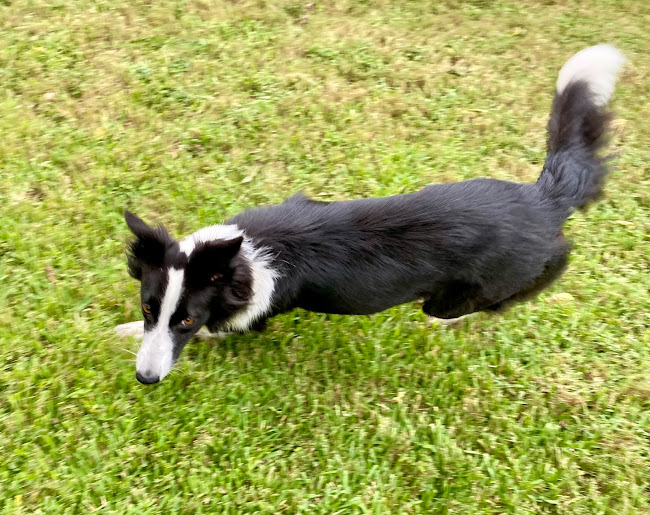After much thought about reaching deep down and
becoming the dressage rider, channeling my inner Edward Gal etceteras etceteras, I've decided to graduate from wearing a pre-tied stock tie and the hunt coat from my college days of riding hunter jumper to an actual dressage frock and a real stock tie. Which means I must learn to tie a real stock tie.
After researching the matter, here's what I've learned:
Traditional formal attire for foxhunting where the rider wears the traditional hunting shadbelly is also where our modern dressage costume has its roots. The shadbelly of course is considered very formal riding attire and is reserved for the most formal situations for foxhunting members, upper level dressage riders, or eventers. Nevertheless it is good for one to know the tradition.
The stock tie for traditional formal attire for foxhunting, then, must be all white (no piping or other decoration) and the pin must be plain gold (crystals or other fancy decorations are not traditional apointment). The usefulness of the stock tie is that is creates warmth around the neck while hunting out in the cold, and can be used in an emergency as a pressure bandage or even a sling.
The minimum size to work well is 67 inches but 70 inches is best (I ordered a "medium" or 70 inches). To properly tie a stock tie:
- Place the button hole of the stock tie onto the button on the front of your rat catcher shirt.
- Thread the end of the stock tie through the self loop or gap in the stock tie so that it lies flat around your neck. Put the stock tie as tight as is comfortable-- you don't want it to choke you but you want it fairly snug.
- Some stock ties have a longer side (some don't); if so start the square knot with the longer side on your right so the knot is tied right over left then left over right.
- Make a square knot by turning right over left like tying a pair of shoelaces; make it snug. Then tie left over right. You want the square knot to lie flat with a sleeve-like appearance. One side of the stock tie bite will be slightly shorter than the other.
- Take the extra bite end on each side (right side first) and flip it over toward your midline to create a little bit of puffiness, and create a V with the stock tie ends so the V is over the knot but the knot is visible between the V.
- Run your plain stock pin through both pieces that flap over and also run it through some of the threads of the knot so that it stays in place. Safety pin the bottom ends of the stock to your shirt so that it stays neatly tucked in.
This is the traditional method from William P. Wadsworth MFH of the Genesee Valley Hunt "Riding to Hounds in America" (long considered the gold standard of hunting etiquette).
Edward Gal and his elegant, if non-traditional, gray shadbelly (and his black Trakehner Moorlands Totilas):

The dressage frock I ordered is available in charcoal gray. I agonized over whether to order the gray one as I thought it would both help me in channeling my inner Edward as well as flatter myself it would look dapper with my gray horse. Alas, I humbly ordered the black one (though I admit it has a black velvet collar and silver piping AND I plan to use my crystal-decorated moose antlers pin with my stock tie) and will reserve my days of non-traditional coat color for when I am riding at the Olympic level. Until then we continue to learn.
















